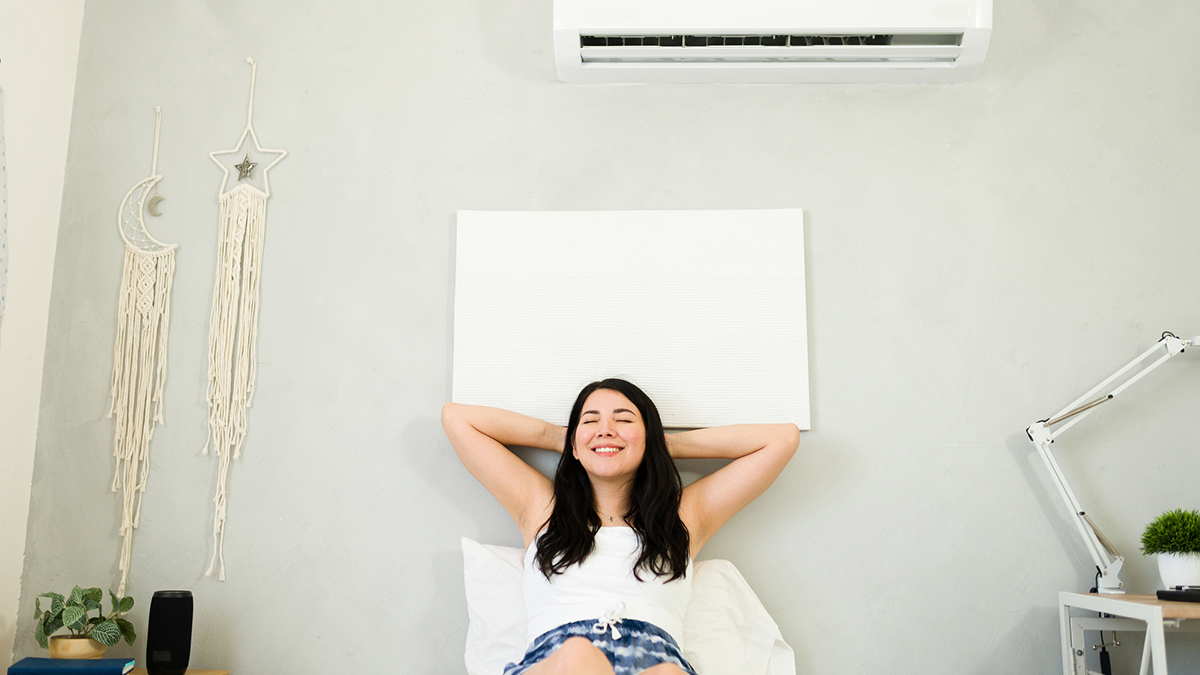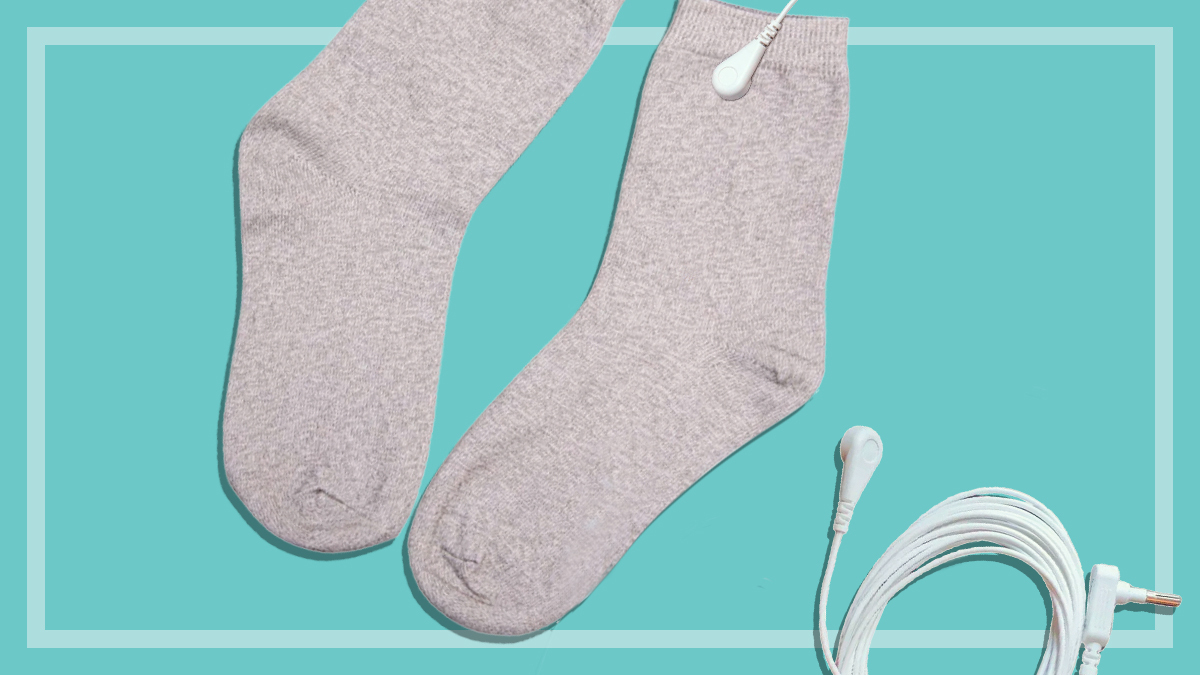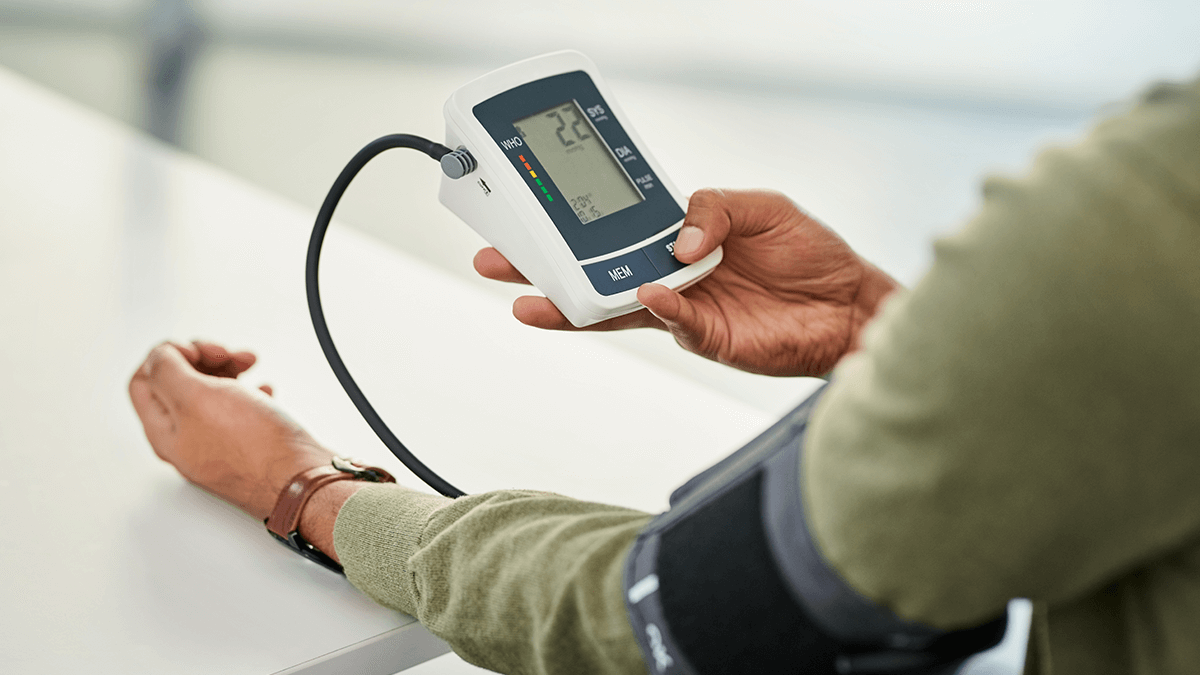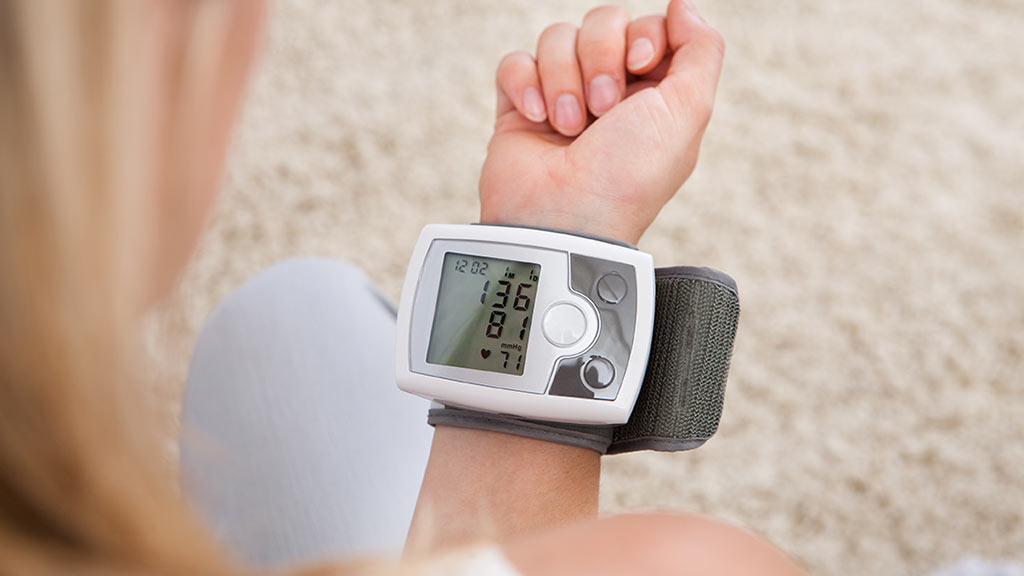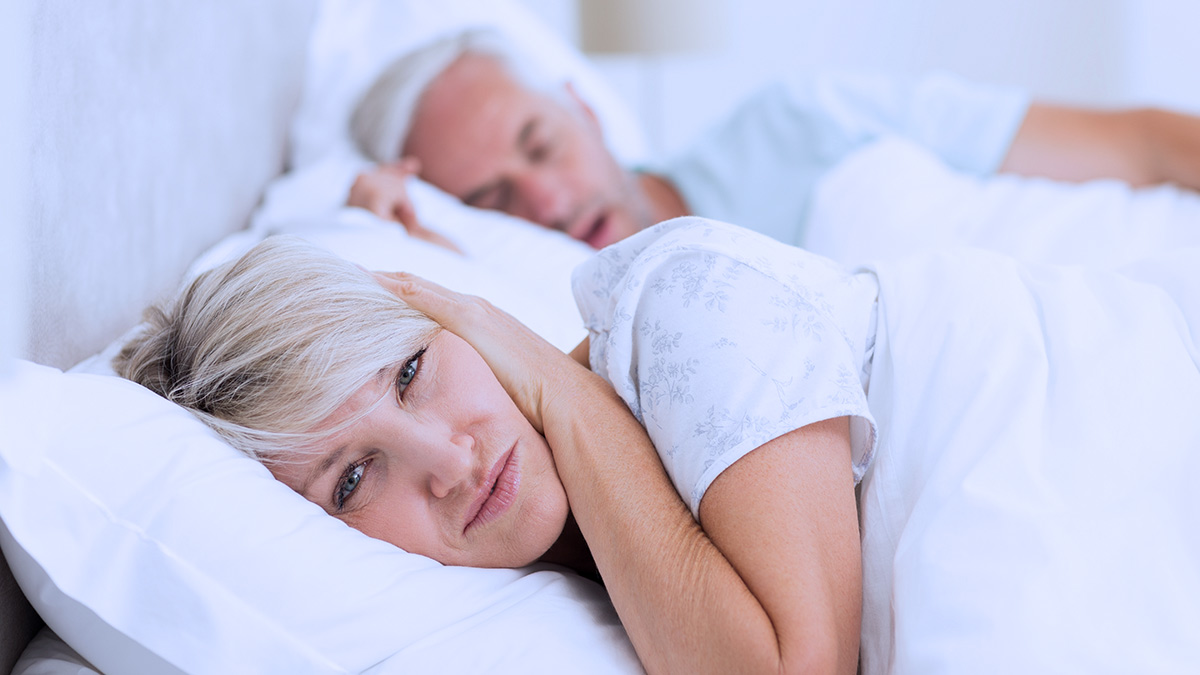Get our independent lab tests, expert reviews and honest advice.
Which muscle and pain relief products should you buy?
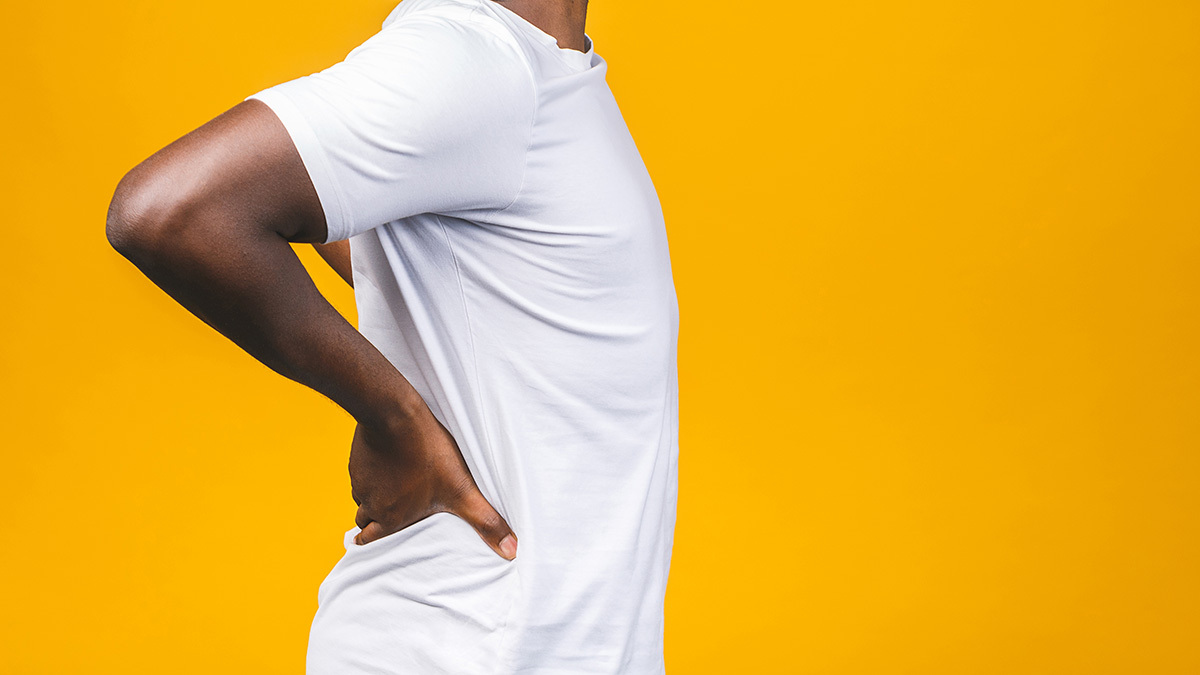
Products that help relieve muscular aches and pains can range from a couple of dollars to a couple of thousand dollars.
But which ones are worth the money? We talk to the experts to find out which products you should add to cart and which you should leave on the shelf.
Seeing your GP or physiotherapist should be your first port of call if you’re in significant pain or have any concerns.
Pain-relieving products that work
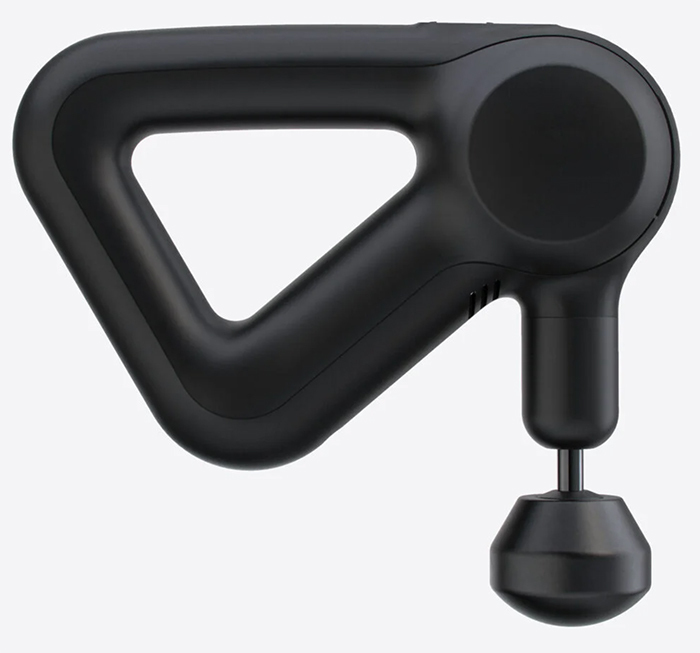
Personal massagers
These products include handheld options such as the hugely popular Theragun, as well as products such as shiatsu chairs, back plates that attach to your chair, and neck and shoulder massage machines with protruding, oscillating ‘fingers’.
Personal massagers can do a good job of providing short-term relief and can be used regularly throughout the day, says Perth-based physiotherapist Sue Lin Kalisch.
They also tend to be quite costly, with the cheapest Theragun setting you back $349 and some massage chairs cost up to several thousand dollars.
But the good news is that price is no indication of quality – Kalisch says she’s seen cheap models that do as good a job and last as well as more expensive ones.
“It’s the size and shape that matters, and I always suggest asking friends and family for recommendations, especially if the product you have your eye on is expensive,” she says.
“If you have a physiotherapist, ask if they have any sample units you can try before you buy.”
Kalisch also recommends getting a device that’s easy to use by yourself (unless you have a willing and capable partner on hand to help you out). She also suggests considering how large it is – a small device may be great for spots such as your neck, but your back will need a massager that can cover a greater area at once.
Physiotherapist Mick McKerihan adds: “[Handheld devices] can be placed directly onto the problem muscles while massage chairs are less versatile, only focusing on the larger muscles of the back. Some handheld massage devices also have a heat setting which can be helpful.”
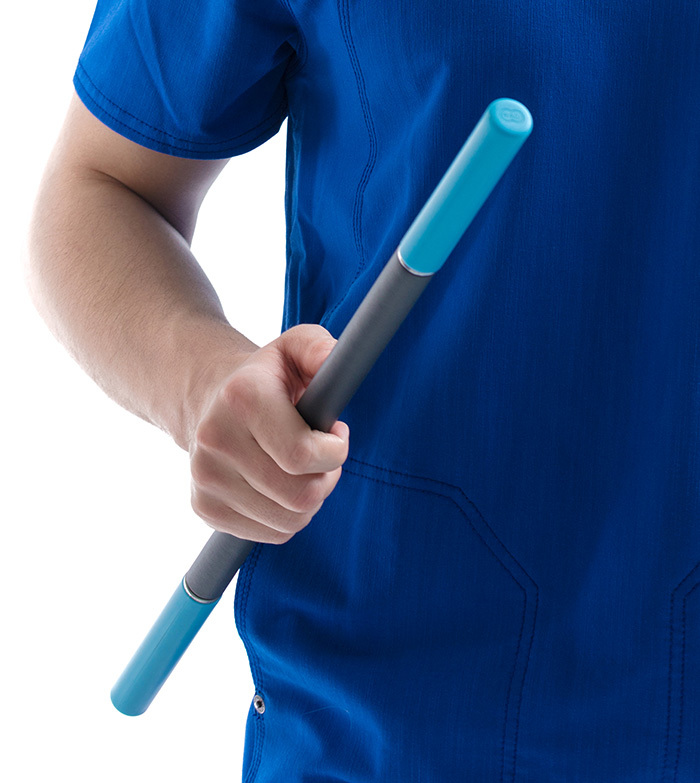
Massage sticks
Massage sticks are solid or flexible bars with individual rollers in the centre that rotate independently.
“I recommend a massage stick for back pain as it’s long and thin, meaning it easily reaches tricky spots,” says Kalisch.
“I lie on the floor with it against the muscle between the neck and shoulder, the other end on the wall, and then use my feet on the ground to push into it.”
Massage sticks cost about $20 from your physio, or you can pick up suitable versions from department stores.
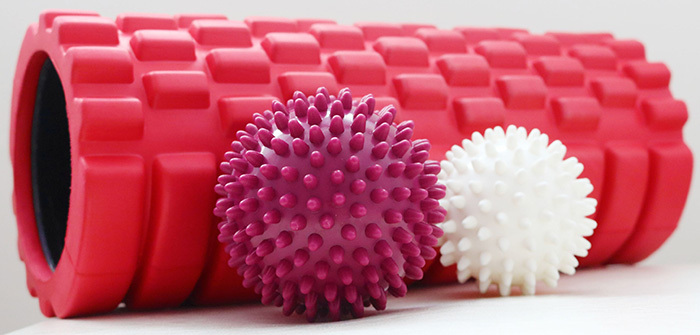
Massage balls and foam rollers
Another popular DIY pain-relief treatment option that earns both Kalisch and McKerihan’s seal of approval is a ball. It can be anything from a purpose-made massage ball to a tennis or squash ball. Even a spikey dog ball could do the job.
“Anything from five to 10cm in diameter, soft, firm or in between will work,” says Kalisch. “I used to sell a ‘peanut’ for $5 which was literally two tennis balls taped together into a peanut shape to use on the muscles either side of the spine by lying on it.”
Too much pressure, for extended periods, or extended use, can cause damage to the muscle tissue, such as bruising
McKerihan says you can use both foam rollers and massage balls to roll out tight muscles and stretch stiff joints, adding they should be an essential piece of equipment in any home office.
But Kalisch also warns against overusing them. “Too much pressure, for extended periods, or extended use, can cause damage to the muscle tissue, such as bruising, and can even cause more muscle spasm if it’s painful,” she says.
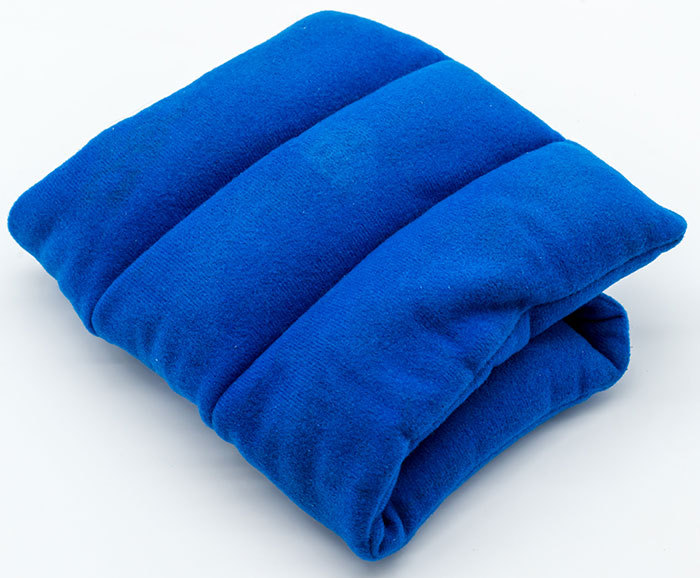
Feel the heat
Of the passive pain relievers, McKerihan says heat works best, in any of its forms – hot packs, creams, patches, attachments on personal massagers, massaging shower heads, or hot baths.
“Stick-on heat patches are very convenient to apply directly over a painful muscle and maintain the heat for hours,” he says.
“But for me, nothing works quite as well as immersing yourself in a steaming hot bath during your break – something that’s a little difficult to do in your city office!”
Heat patches and creams cost around $10, while a hot bath at home is obviously an even cheaper option.
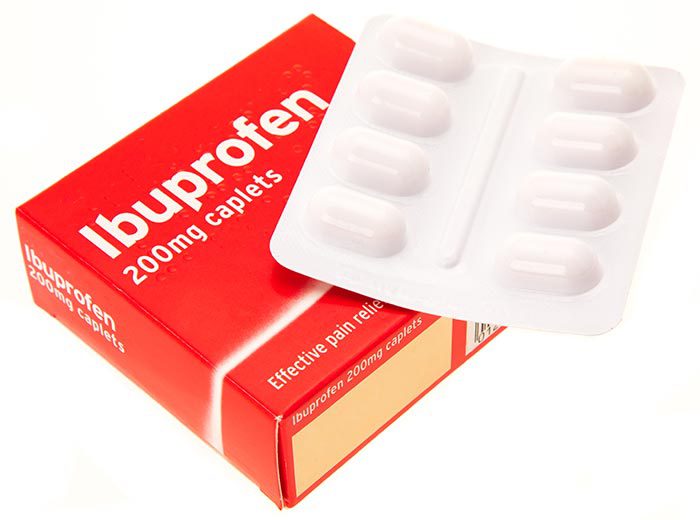
Over-the-counter pain medications
For minor problems, using over-the-counter (OTC) pain medication for a few days may be enough for some people, and certainly won’t break the bank.
“As an anti-inflammatory, ibuprofen can achieve short-term relief from pain caused by inflammation,” says GP Dr Evan Kabir. “Topical anti-inflammatory gels have a place too.
“[But] for some people it may not help at all. Pain perception and pain management differs from person to person. Therefore, if there’s been little or no benefit from OTC medications, these people should seek further advice [from a medical professional] early on.”
Kabir adds that, in most cases, lower back pain in healthy individuals is known as mechanical back pain with a muscular cause. “This may respond to physiotherapy with exercises and stretches,” he says. “They may also require stronger pain relief in the short-term to achieve a level of pain control that will allow these measures to help.”
What to avoid
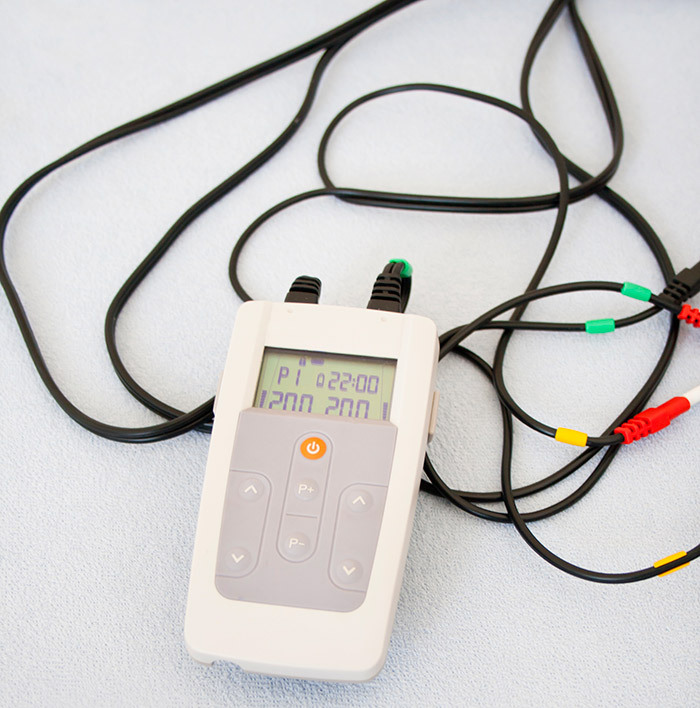
TENS machines
Available through chemists or physiotherapists, transcutaneous electrical nerve stimulation (TENS) machines vary in price from about $50 to $400 and are typically used as a form of pain relief for people with chronic pain or women in labour.
But neither Kalisch nor McKerihan are enthusiastic about their use on muscle aches, saying they’re not designed to relieve this type of pain.
“TENS works essentially by scrambling the nerve signals, giving a signal which is preferentially noticed by the nerves and the pain signal gets overridden,” says Kalisch. “While you use the machine, and for a short time after, the pain signal is significantly reduced.”
McKerihan adds that TENS machines only serve to distract the brain and are better for managing persistent long-lasting pain. “They wouldn’t be my first port of call for these kinds of muscle aches and pains,” he says.
Acupuncture pens
Acupuncture pens come in a range of prices and specifications – all claiming to work by sending electric pulses to pressure points, imitating the traditional needle used in acupuncture.
McKerihan doubts anything that is powered by a single battery could be dangerous, but he’s skeptical of the claims that it will heal your aches and pains.
“They supposedly guide you to the right spots based on acupuncture meridian points,” he says. “While I suppose there is some chance that they may help relieve in the same way a TENS unit does by providing an alternate stimulus to a painful area, there are other more active remedies I would be recommending first.”
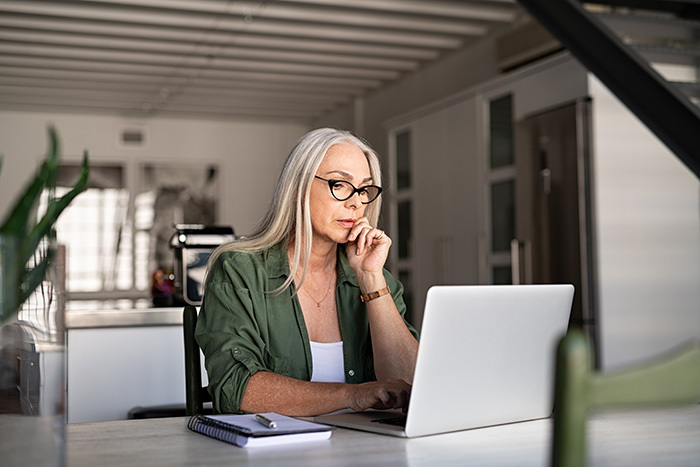
Working from home – a pain in the neck?
With millions of Aussies now working full- or part- time from home, there has been a wide array of home ‘offices’ popping up – from special setups with desks and ergonomic chairs to a more DIY approach with, say, an ironing board as a standing desk.
And there’s growing evidence that many of us are suffering for our seating choices while working from home.
“There’s no question we have seen an increase in the number of people coming to see us in recent weeks with neck, shoulder and low back pain that is directly related to the setup of their home workstation,” says McKerihan.
He says laptops are the common culprit, noting that although they’re convenient for their portability, they’re not designed to be used for long hours, day in day out.
“Ergonomically, their main drawback is that you can’t have both the monitor and the keyboard at the optimum height,” he says.
Laptops are convenient for their portability, but they’re not designed to be used for long hours, day in day out
“If it’s used on a desk then the monitor is too low, but if you elevate it to overcome that problem, your keyboard is too high. When a laptop is used on your lap, the static load on your neck, back and shoulder muscles increases to the point that fatigue is inevitable and pain will surely follow”.
The obvious solution is to use a well-positioned PC, or raise the laptop to eye level while using a second keyboard at desk level.
Move your body
Another relatively simple thing you can do to keep neck, back and muscle pains at bay is to stay active while working from home.
“Movement is key,” says McKerihan. “You have to move your body and do it frequently. Sounds obvious and simple, but most people don’t do it enough.
“In terms of prevention, you don’t even need to do specific stretches – anything is better than nothing and just doing something different with those muscles will get them out of that shortened state and help dissipate that lactic acid.”

